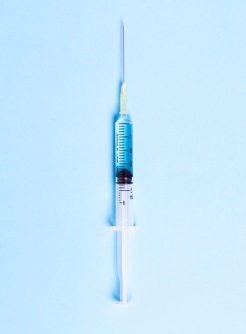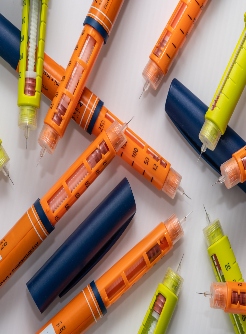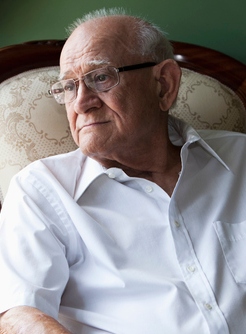Dorzagliatin Raises Insulin Secretion, Glucose Sensitivity
By Andrew John, MD /alert Contributor
By Andrew John, MD /alert Contributor
January 23, 2023
Dorzagliatin corrected the enzyme activity of certain mutations in the GCK gene, thereby restoring glucokinase activity while improving the function of wild-type glucokinase activity in a small group of patients with glucokinase-maturity-onset diabetes of the young (GCK-MODY), according to recent findings in Diabetes.
This restoration of activity corrects glucose sensing in patients with the condition, the researchers explained. The drug also reportedly improved insulin secretion and glucose sensitivity in patients with type 2 diabetes. “Individuals with maturity-onset diabetes of the young due to GCK inactivating mutations have marked reduction in beta-cell sensitivity to glucose and impaired alpha-cell glucose sensing,” Elaine Chow, MD, department of medicine and therapeutics at The Chinese University of Hong Kong, Prince of Wales Hospital, and colleagues wrote. “Until now, there are no effective glucose lowering drugs to correct the primary defect of impaired glucose sensing in GCK-MODY.”
The researchers performed a double blind, placebo-controlled crossover study of 8 patients with GCK-MODY and 10 patients with recent-onset type 2 diabetes. Patients were randomly assigned to receive either a once-daily oral 75mg dose of dorzagliatin or an equal dose of a placebo, followed by a 2-hour hyperglycemic glamp, on two different occasions spread 2 weeks apart.
Patients with GCK-MODY tended to be younger than those with type 2 diabetes, at an average of 36.1 years versus 50.2 years. The two groups had similar HbA1c levels (mean, 6.7 vs 6.9) and fasting plasma glucose levels (mean, 6.8 vs 7). On average, the GCK-MODY group had a lower body mass than the type 2 diabetes group (mean, 23.9 kg/m2 vs 26.9 kg/m2). Those with glucokinase-maturity onset diabetes of the young had never received drug therapy, whereas those with diabetes had been treated for a median of 0.9 (range, 0.6-1.4) years, mostly with metformin (70%). In patients with glucokinase-maturity onset diabetes, patients who received dorzagliatin had lower basal blood glucose levels than those who received placebo at the beginning of the hyperglycemic clamp (mean, 4.6 vs 5.4 mmol/L, P = .010).
Patients with GCK-MODY who were assigned to dorzagliatin experienced substantially raised both absolute and incremental second-phase insulin secretion rates compared with placebo (absolute second-phase insulin secretion, mean, 413.6 ± 85.1 vs 271.7 ± 91.3 pmol/min/m2; P = .002; incremental, mean, 341.8±91.1 vs 214.3 ± 74.4 pmol/min/m2; P = .004). However, the drug did not significantly increase acute insulin response in this group. Dorzagliatin also raised beta-cell glucose-sensitivity in these patients, Chow and colleagues noted.
Among patients with type 2 diabetes, those assigned to dorzagliatin had a higher basal insulin secretion rate than those assigned to placebo, the researchers reported (102.3 ± 57.0 vs 60.4 ± 41.8 pmol/min/m2; P = .018), although reported changes in second-phase insulin secretion rates in these patients were smaller than those reported in GCK-MODY. Dorzagliatin appeared to directly lower glucose half-saturations of certain glucokinase-associated genetic mutations in the in vitro setting as well as in wild-type glucokinase, “to varying degrees.”
“In conclusion, dorzagliatin directly increased enzyme activity of selected mutant glucokinase and enhanced wild-type glucokinase activity, thereby correcting the primary defect of glucose sensing in GCK-MODY,” the researchers stated. “Glucokinase is the first step in triggering insulin secretion from pancreatic beta-cells and hepatic glycogen production. Dorzagliatin increased pancreatic glucokinase activity and improved beta-cell function in GCK-MODY, and to a lesser extent in type 2 diabetes. In patients with GCK-MODY, dorzagliatin as a glucokinase activator is an example of precision medicine in diabetes by rescuing the activity of their loss-of-function GCK variants.”
--
Disclosures: Some authors declared financial ties to drugmakers. See full study for details.
Photo Credit: Getty Images.




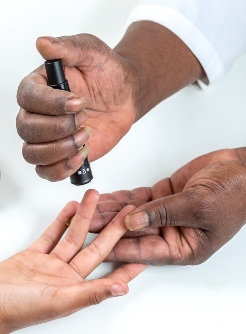



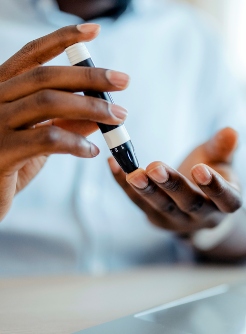













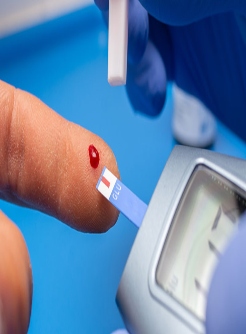

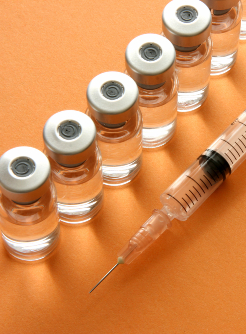

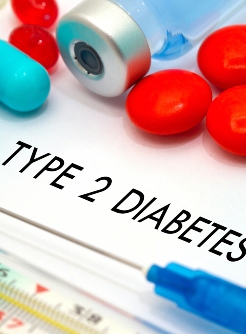



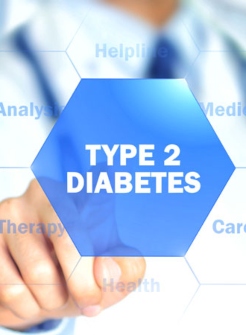
.jpg)
.jpg)

